Cleft lip and palate is a congenital condition that affect numerous children globally, posing a range of challenges in their daily lives. These challenges extend beyond cosmetic concerns, impacting vital functions such as hearing.
In this blog post, we’ll delve into the issues faced by children with cleft palates concerning hearing and explore effective ways to minimize these challenges.
Understanding the Impact of Cleft on Hearing
Isolated cleft lip
.
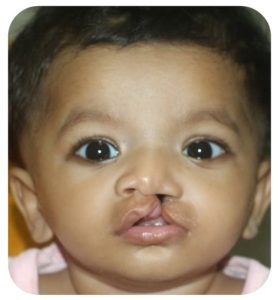
Isolated cleft lip Isolated cleft lip is not generally associated with hearing difficulties. However due to the presence of a facial difference it is recommended that hearing is tested to ensure that no hearing difficulties are present.
Hearing loss associated with cleft palate
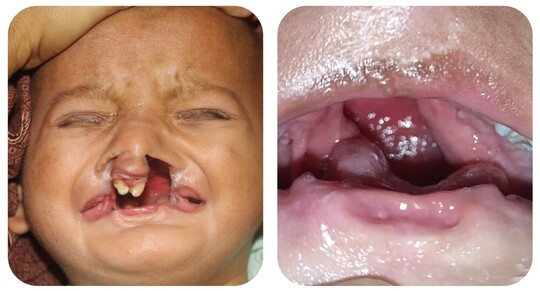
A cleft palate is a condition where a child is born with a split or opening in the roof of their mouth. This anomaly can extend to the lip and nose as well. The structural abnormalities caused by cleft palates can significantly impact hearing due to the close proximity of the cleft to the ear canal and the eustachian tube.
- Fluid Accumulation: The abnormal anatomy associated with clefts can cause fluids to accumulate in the middle ear (otitis media), hindering hearing and potentially causing infections.
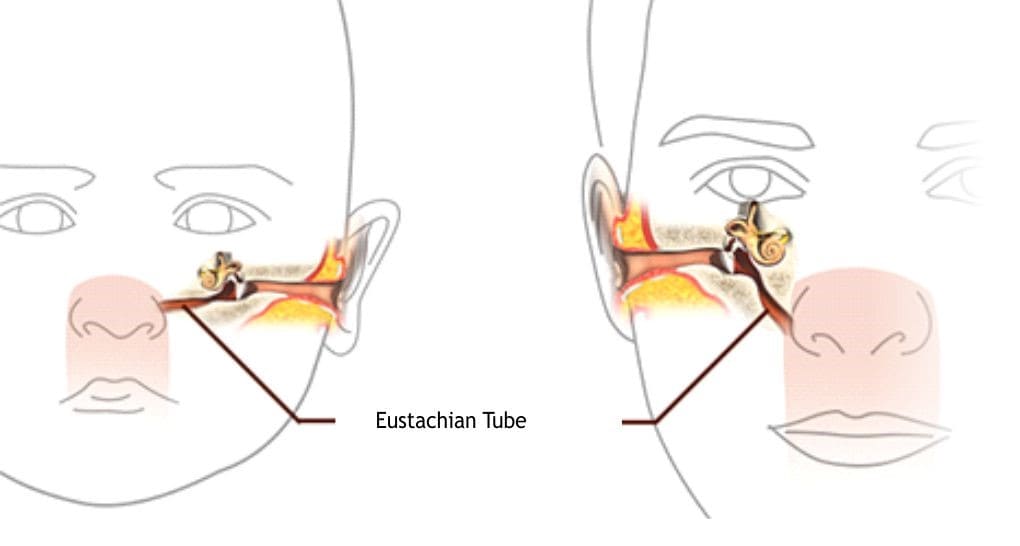
Fluid accumulation in middle ear
- Ear Infections: Children with cleft palates are more susceptible to recurrent ear infections due to improper drainage and ventilation of the middle ear which can lead to hearing loss over time.
- Hearing Impairment: Chronic ear problems if not addressed on time, can result in hearing impairment in cleft palate children, affecting their language development, academic performance, and social interactions.
Addressing and Minimizing Hearing Challenges
- Early Intervention and Monitoring
Early detection and intervention are crucial in managing hearing issues in children with cleft palates. Regular monitoring of hearing health from infancy allows for timely intervention and minimizes potential hearing loss.
- Comprehensive Medical Care
Children born with cleft palates should receive comprehensive care from a multidisciplinary team, including pediatricians, otolaryngologists, audiologists, and speech therapists. This ensures a holistic approach to managing their hearing challenges.
- Surgical Intervention
Reconstructive surgery to repair the cleft palate is often necessary to address both cosmetic concerns and functional issues. These surgeries aim to close the cleft, improving speech, hearing, and overall oral health.
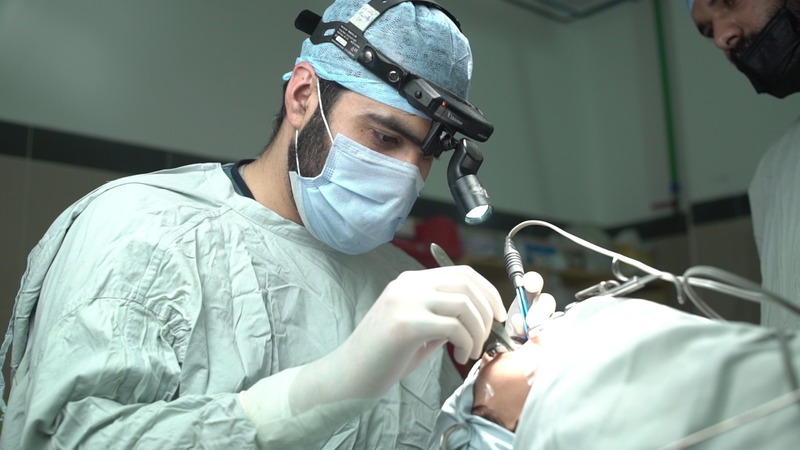
Many children with a cleft palate will require tubes, known as grommets, to be inserted into the eardrum to allow drainage of fluid from the middle ear. Grommets usually last for 6–9 months before falling out of the eardrum.
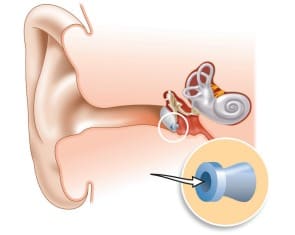
4.Audiological Assessments
Regular hearing assessments, such as audiograms, tympanometry, and otoacoustic emissions, are essential to monitor a child’s hearing health and detect any changes early on.
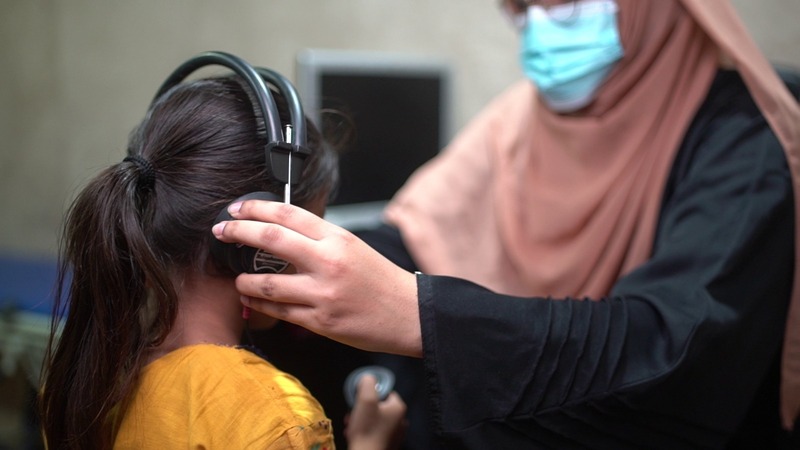

Conclusion
Children born with cleft face a myriad of challenges, with hearing impairment being a significant concern. By prioritizing early detection, comprehensive medical care, surgical interventions, and therapeutic support, we can significantly minimize the impact of cleft palates on hearing. Every child deserves a chance to live a fulfilling life, and by addressing these challenges effectively, we can help them reach their full potential.
Note: This blog post is for informational purposes only and should not be considered as medical advice. Always consult with a qualified healthcare professional for personalized guidance regarding your child’s health and treatment options.

